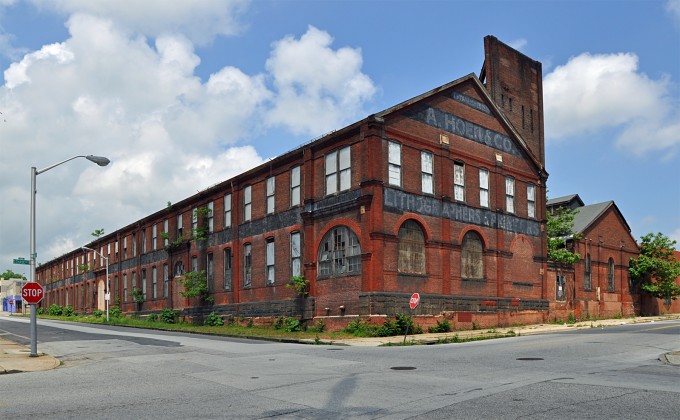Contained on a little less than three acres across from Clifton Park in northeast Baltimore, the Friends Burial Ground tells the stories of generations Baltimore’s Quaker families across their 300 years of rich history in our city. Established in 1713 on a tract of land known as Darley Hall when the Friendship Meetinghouse was built on what is today Harford Road, the cemetery has been in continuous use ever since. While small, and a bit unassuming, the Friends Burial Ground has approximately 1,800 graves with the earliest legible marker dating from 1802 and many undoubtably date from the 1700s. The stone wall around the grounds and the Sexton’s House both date back to the 1860s and, in 1926, 122 graves were moved from a Friends cemetery at at the Aisquith Street Meeting House in Old Town.
The many notable internments include Louisa Swain, who made history in Wyoming in 1880 as the first woman to legally vote in the United States at age 69, and Dr. Thomas Edmondson who lived in a grand estate that eventually became Harlem Park in West Baltimore. Dr. Edmondson recently resurfaced in the public light: it is his collection of Richard Caton Woodville’s artwork that is currently on exhibit at the Walters Art Museum.
Please join us on a tour of the site with long-time caretaker Adrian Bishop, who will share his knowledge of the cemetery and the Sexton House on the grounds that he and his wife call home, together with Ms. Frances Ferguson, who has been digging graves by hand at the cemetery for over 40 years.


